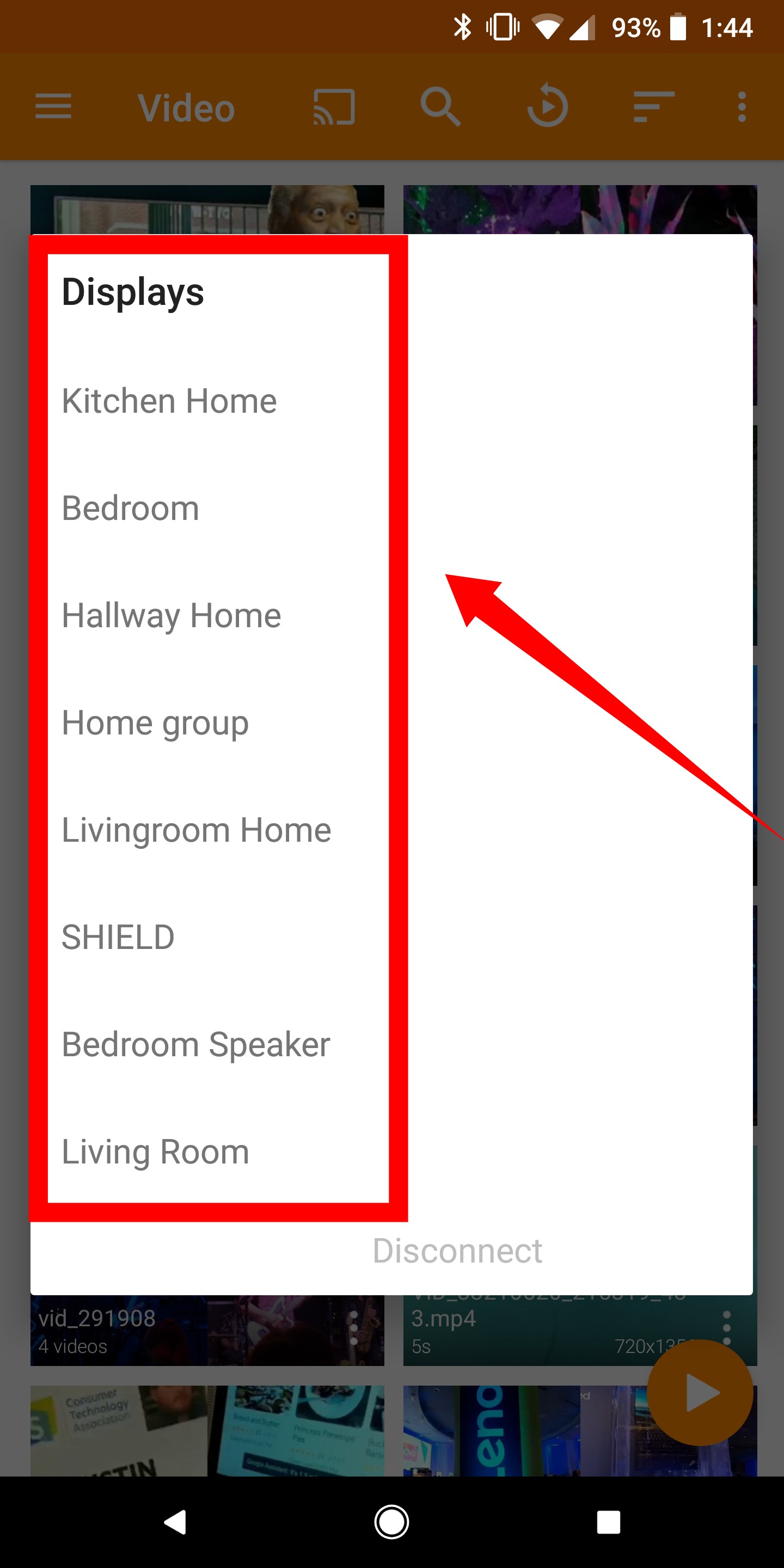

VLC does not include a casting icon at this time. You first need to make sure your VLC and Chromecast are turned on and working properly. If this VLC feature doesn’t work well for you at the moment, try another way to watch local video files on your Chromecast.To cast VLC on Chromecast you need to follow the steps below: Having problems? This feature may just need some more time in the oven. At the time of writing, pretty much any other way to play back video would be better, for example, loading local media up on a flash drive and playing it back via a smart TV or set-top box. When I tested it on my PC and SHIELD, the video was playing back with a lot of missed frames and audio de-synced by about a second. Afterwards, you can play video files without accepting the certificate prompt again.Īgain, this feature is still in development. When you try streaming in the future, you’ll just need to use the Playback > Render menu to scan and connect. That’s a VLC video running on the SHIELD via Chromecast. Use the controls in the VLC window to pause, fast forward, rewind, and otherwise control playback. The video file should immediately begin playing on your Chromecast after you agree, with your Chromecast streaming the file from the VLC player on your computer. Click “View certificate” to view your Chromecast’s security certificate.Ĭlick “Accept Permanently” to accept your Chromecast’s certificate. Use the Media > Open File menu or just drag and drop a video file from your file manager onto the VLC window.Īfter you try to play the video, you’ll see an “Insecure site” prompt. Open a video file in VLC and click the “Play” button. If your Chromecast already appears in the menu, click on it in the list. To find your Chromecast, you’ll need to click Playback > Renderer > Scan. You won’t find a “Cast” icon in VLC-at least, not at the moment.


 0 kommentar(er)
0 kommentar(er)
